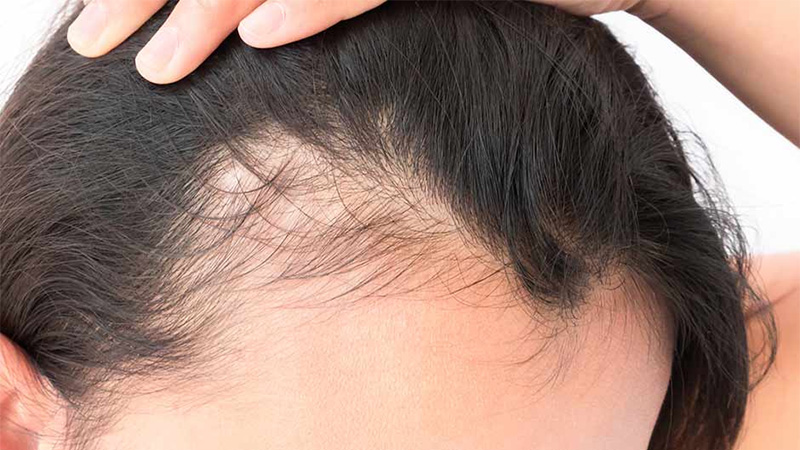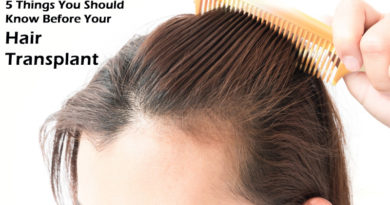Treating Permanent and Temporary Traction Alopecia
Traction alopecia is a form of hair loss that mostly affects women. Although the condition is most prevalent in African women where it affects nearly 31.7 percent of the population, traction alopecia affects other ethnicities as well. Without further ado, let us learn more about traction alopecia, its causes, and ways to treat it.

What is traction alopecia
Traction refers to stress or tension whereas alopecia means hair loss. In other words, traction alopecia refers to hair loss from tension or stress that results from tight styling. The condition affects mostly African women and athletic women who wear their hair in tight buns.
This form of hair loss begins at the hairline and gradually recedes backwards. If the patient discovers the condition in its beginnings, they can reverse it without surgical intervention. However, if the patient is ignorant of the symptoms of traction alopecia and presumes with their styling habits, the condition can become permanent.
How to treat traction alopecia?
Since there are two categories of traction alopecia, there are then two separate solutions for each.
1- Temporary Traction Alopecia
In the case of temporary traction alopecia, patients can boost hair growth through a treatment known as PRP therapy. Before you panic, PRP therapy is not a regular hair treatment that uses chemicals or harmful ingredients. On the contrary, PRP therapy works by utilizing your very own cells.
For starters, PRP stands for platelet-rich plasma, a component of blood. To isolate PRP, your blood as to first be drawn the standard way and later centrifuged. Once the extract is ready, it is injected into your scalp or areas of hair loss to initiate growth.
The growth factors in PRP therapy, bind to cells in the area and trigger a cascade of signals that eventually lead to proliferation and growth. Unlike other hair treatments, PRP is not taken daily, instead, it is divided into monthly sessions that each last an hour. You may need anywhere from one to eight sessions per year, depending on the state of your hair loss.Visit the site: https://www.veraclinic.net/en/ to know more about both PRP therapy and hair transplants.
2. Permanent Traction Alopecia
For permanent traction alopecia, patients can reverse hair loss through a micro-surgery known as FUE hair transplants. FUE hair transplants work by extracting follicular units from areas of hair growth and relocating them to areas of hair loss. Upon relocation, the transplanted follicular units continue to initiate hair growth in the new areas.
FUE hair transplants utilize equipment micro in size to avoid scarring yielding natural-looking results.
In summary
Traction alopecia is a condition that results from tight styling that leads to gradual hair loss starting from the hairline. If the person intervenes in the beginnings of the condition, hair loss can be temporary. If the patient resumes with their styling behavior, hair loss can become permanent.
In the case of temporary traction alopecia, patients can resort to PRP hair treatment that utilizes the patient’s own growth factors to stimulate growth in the hair loss area. Otherwise, FUE hair transplants can reverse permanent traction alopecia.



